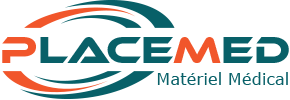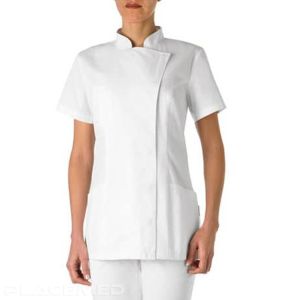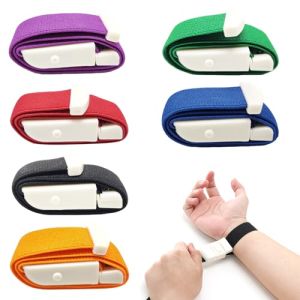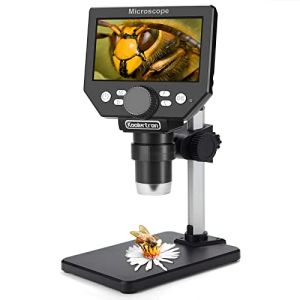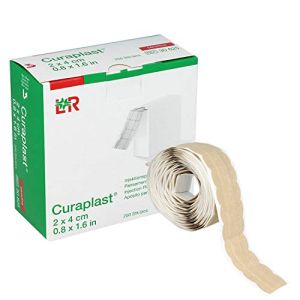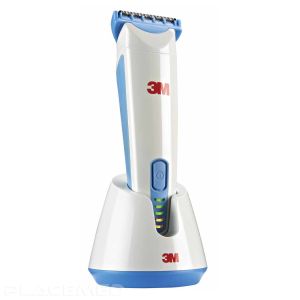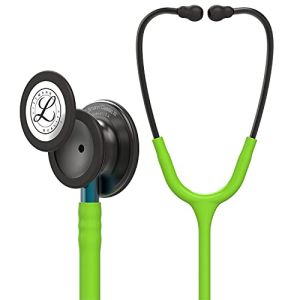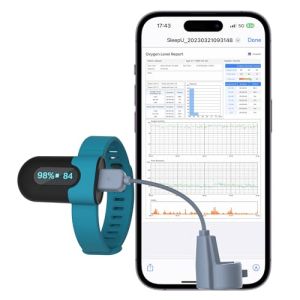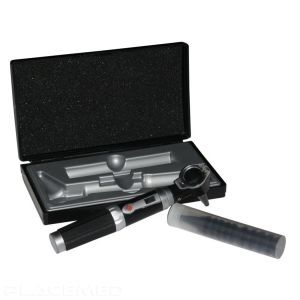Everything About Surgical Masks: A Complete Guide
Surgical masks are items we often see, especially in medical settings. But do you really know what they are used for, how they are made, and how to use them correctly? In this article, we will explain everything about surgical masks: their different types, their effectiveness, and best practices for wearing them.
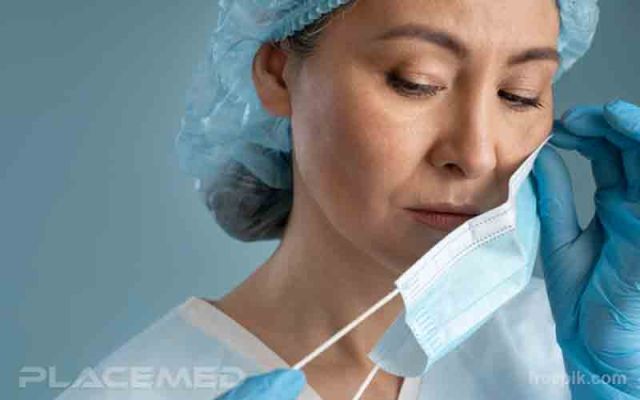
1. What Is a Surgical Mask?
A surgical mask is a medical device designed to cover the nose, mouth, and chin. It serves to prevent the spread of droplets that may contain germs. These droplets are emitted when we talk, cough, or sneeze. The mask thus protects other people around us, but it also protects us from others' projections.
Surgical masks are generally single-use. They are made with multiple layers of non-woven fabric. They are designed to be comfortable and allow easy breathing while offering good protection.
2. The Different Types of Surgical Masks
There are several types of surgical masks. They are classified according to their Bacterial Filtration Efficiency, often abbreviated as BFE. This efficiency is measured as a percentage and indicates the mask's ability to filter bacteria.
- Type I: bacterial filtration efficiency greater than 95% for 3-micron particles.
- Type II: bacterial filtration efficiency greater than 98% for 3-micron particles.
- Type IIR: same efficiency as Type II, but with splash resistance.
Type I is often used by the general public. Types II and IIR are intended for healthcare professionals as they offer better protection. Type IIR is resistant to liquid splashes, which is important during certain medical procedures.
3. How Is a Surgical Mask Made?
A surgical mask consists of three main layers:
- The outer layer: it is water-resistant and protects against splashes.
- The filtering layer: located in the middle, it filters fine particles and germs.
- The inner layer: it is soft and absorbs moisture for better comfort.
These layers are assembled to form the mask. There is also a nose clip made of metal or plastic to adjust the mask on the nose. The elastics or ties are used to keep the mask in place behind the ears or head.
4. Why Wear a Surgical Mask?
The surgical mask serves to limit the spread of diseases. By wearing it, we avoid projecting droplets that may contain germs. This protects people around us, especially in crowded places or medical environments.
The mask also protects us from others' projections. It reduces the risk of inhaling infectious particles. It is therefore an important gesture for everyone's health.
5. How to Use a Surgical Mask Effectively
For the mask to be effective, it must be worn correctly. Here are the steps to follow:
- Wash your hands with soap and water or a hydroalcoholic solution before touching the mask.
- Check the mask's orientation: the colored side is usually on the outside.
- Place the mask on your face, adjusting the nose clip over your nose.
- Unfold the mask so that it covers your nose, mouth, and chin properly.
- Do not touch the mask while wearing it.
- Remove the mask by holding it by the elastics without touching the front part.
- Dispose of it immediately in a closed bin.
- Wash your hands after removing the mask.
6. When to Change a Surgical Mask
A surgical mask should be changed in the following situations:
- After four hours of use.
- When it becomes damp or wet.
- If the mask is damaged or dirty.
- After coughing or sneezing into it.
It is important not to reuse a disposable mask. If you need to remove it, use a new mask afterward.
7. Mistakes to Avoid with the Mask
To ensure the mask is truly effective, avoid common mistakes:
- Wearing the mask under the nose: the nose must always be covered.
- Touching the mask with dirty hands: this can contaminate it.
- Putting the mask in your pocket or bag to reuse it later: the mask may be contaminated and will no longer be effective.
- Wearing a mask that is too loose: it must fit snugly to the face.
- Sharing your mask with someone else: this poses a risk of transmitting germs.
8. How to Choose the Right Surgical Mask
To choose a suitable mask, you need to check several points:
- The type of mask: depending on your needs, choose between Types I, II, or IIR.
- The size: the mask must properly cover the face.
- The certification: ensure the mask bears the CE marking and meets current standards.
- The quality of materials: a good quality mask offers better protection and comfort.
9. The Importance of Masks in Professional Settings
In professional environments, especially medical ones, the surgical mask is essential. It protects patients and healthcare staff. It is also important in companies where social distancing is difficult to maintain.
Wearing a mask helps reduce sick leave and maintain economic activity. It is therefore a responsible gesture for everyone's health and the proper functioning of the company.
10. FFP Masks: Additional Protection
FFP masks (Filtering Facepiece Particles) offer higher protection. They filter fine particles suspended in the air. They are classified into three categories:
- FFP1: filters at least 80% of particles.
- FFP2: filters at least 94% of particles.
- FFP3: filters at least 99% of particles.
FFP2 and FFP3 masks are used by professionals exposed to higher risks. They offer better protection but may be less comfortable to wear for long periods.
11. Other Measures to Adopt with the Mask
The mask is effective when used with other protective measures:
- Regularly wash your hands with soap and water or a hydroalcoholic solution.
- Keep a distance of at least one meter from other people.
- Avoid touching your face, especially the eyes, nose, and mouth.
- Sneeze or cough into your elbow or a single-use tissue.
- Regularly ventilate rooms to renew the air.
12. Conclusion
The surgical mask is a simple yet effective tool to limit the spread of diseases. By wearing it correctly and following best practices, we protect our health and that of others. It is important to continue adopting these gestures daily, especially in public places and professional environments.
 Francais
Francais 